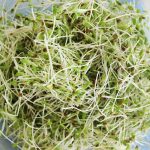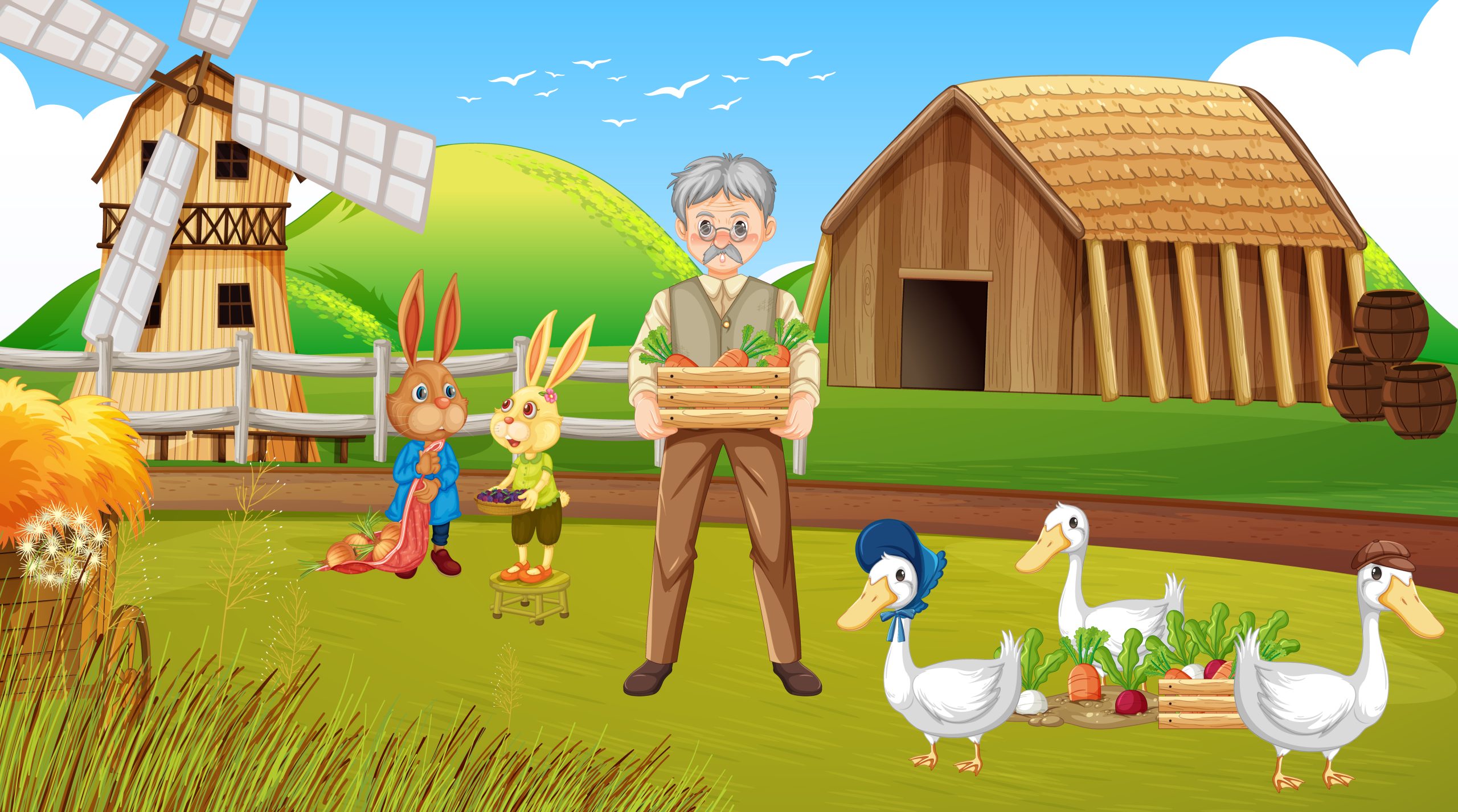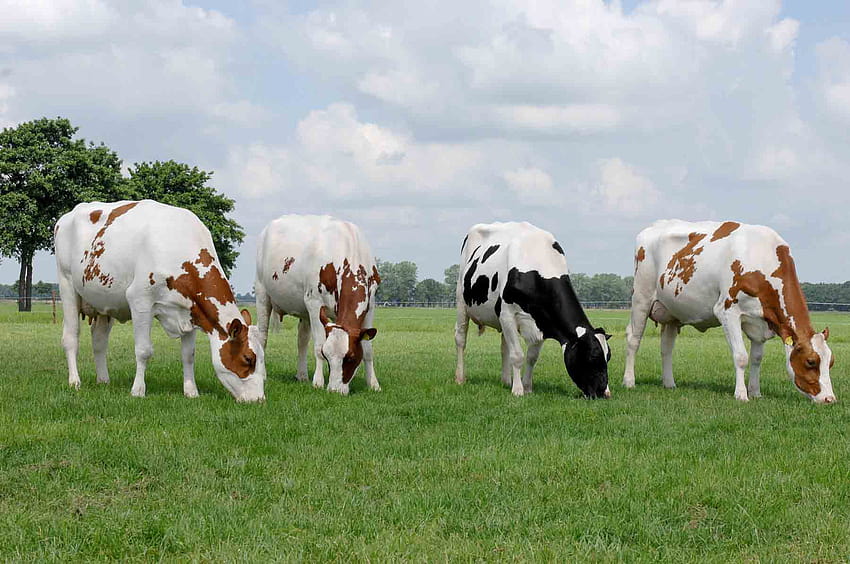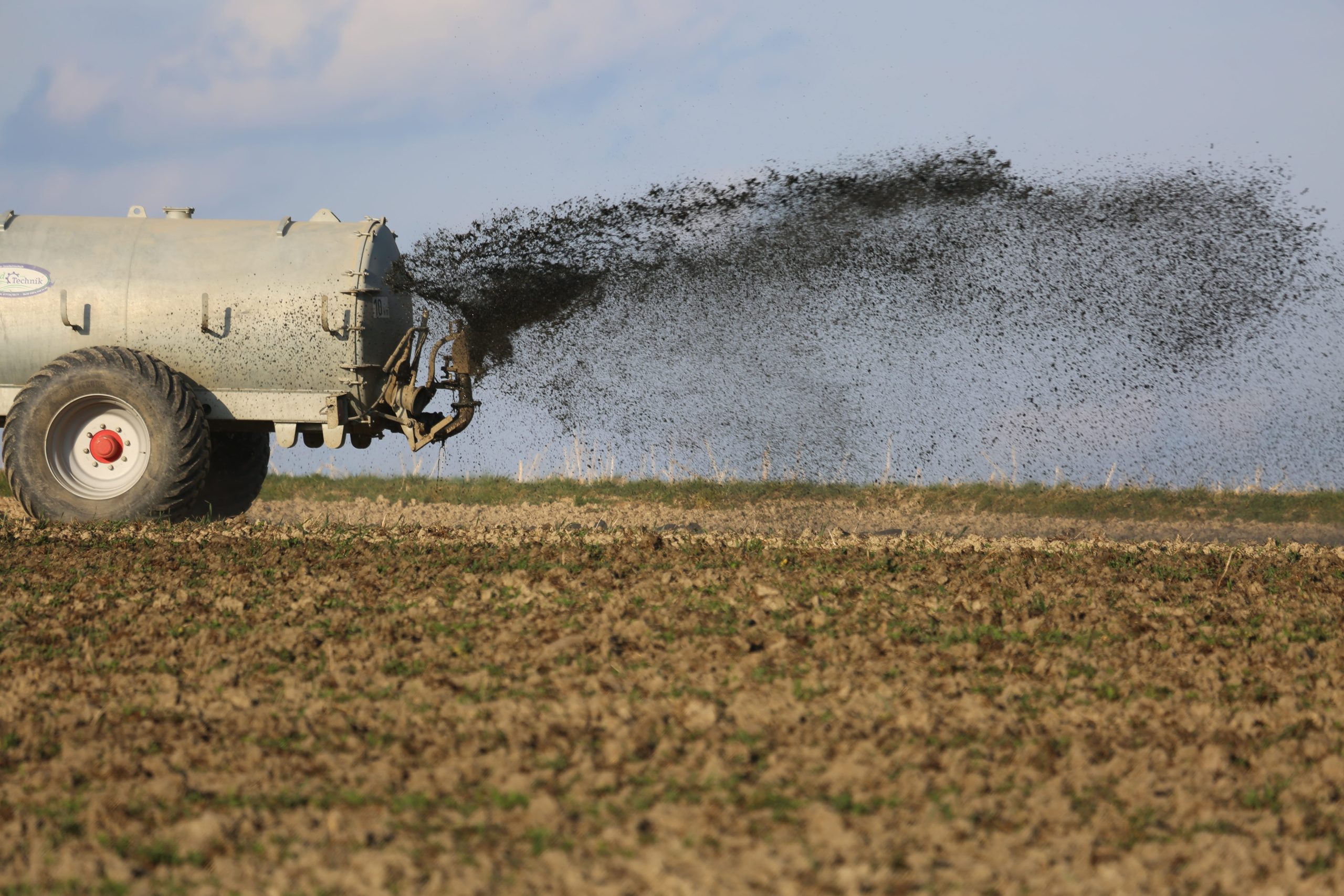Farming practices have evolved dramatically over the past century, with the introduction of chemical fertilizers, pesticides, monocropping, and heavy machinery. While these innovations boosted yields, they also came at a heavy cost to the environment and human health. There is a growing recognition that many modern agricultural techniques are unsustainable and even destructive.
Regenerative agriculture offers a holistic solution that enhances natural systems and supports long-term farm productivity. The regenerative approach focuses on rebuilding soil health, increasing biodiversity, capturing carbon, retaining moisture, and strengthening the resiliency of the land. When implemented properly, regenerative techniques can improve water quality, mitigate climate change, support rural communities, and produce nutrient-dense food.
This article will provide an overview of key regenerative practices that farmers around the world are adopting to protect the planet for future generations. It will cover no-till farming, cover cropping, rotational grazing, silvopasture, and agroforestry. For each practice, we will explore the principles involved, the benefits provided, and real-world examples of successful implementation. Let’s explore how going back to nature with smart farm management can point the way forward to a sustainable food system.
No-Till Regenerative Farming
Tilling has been a core farming practice for thousands of years, providing weed control, loosening compacted soil, and preparing seed beds. However, excessive tillage can damage soil structure, degrade organic matter, cause erosion, and release stored carbon. No-till systems provide an alternative that promotes soil health by leaving crop residue in place after harvest.
No-till relies on specialized drills that can plant seeds directly into untilled ground with residual plant matter. By not disturbing the soil, fungi and microbial activity flourish, building soil organic matter. With more stable aggregates and macropores, rainfall absorption and retention improves significantly. No-till fields also foster abundant and diverse soil organisms that suppress weeds and recycle nutrients.
According to some long-term studies, no-till can sequester over 1000 pounds of atmospheric carbon per acre annually. Based on this potential, widespread adoption of no-till could offset over 5% of U.S. greenhouse gas emissions. The Environmental Protection Agency highlights no-till as one of the most cost-effective ways for farmers to battle climate change.
Case Study: Prominent no-till farmer Gabe Brown of North Dakota has been able to eliminate synthetic fertilizers and increase production through soil regeneration. On his ranch, a one-time application of compost on no-till fields has produced excellent yields for nearly 15 years. No-till has become a mainstream practice adopted on over 125 million acres in the U.S. and continues to gain popularity across the globe.
Cover Cropping Regenerative Farming
Cover cropping involves growing plants to protect and nourish the soil when cash crops are not in production. Common cover crop varieties include cereals, legumes, and brassicas, which can be chosen to provide specific benefits. While the cash crop is maturing, shade-tolerant cover crops are often interseeded between crop rows. After harvest, full-field over-wintering cover crops are established to shield soil from erosion and nutrient loss.
Including cover crops in rotations provides living roots in the ground year-round, which promotes soil aggregation and carbon sequestration. As cover crops grow, they trap nitrogen and prevent it from leaching away, reducing the need for synthetic fertilizers. When the covers are terminated, they leave behind a layer of organic matter full of nutrients. Legume cover crops like hairy vetch and crimson clover form symbiotic relationships with rhizobia bacteria to draw nitrogen from the air and fix it in the soil.
Integrating a diversity of cover crops can benefit pollinators and natural enemies of crop pests while increasing biodiversity. Penn State research shows that reductions in nitrate leaching under cover-cropped fields averaged 70% compared to bare soil. Given these advantages, SARE estimates that cover crops are now used across 15 million acres of U.S. farmland.
Case Study: Maine farmer Clayton Carter leverages cover crop cocktails with up to 14 species tailored for specific benefits. He has been able to eliminate insecticides, fungicides, and nearly all synthetic fertilizer while achieving remarkable yields. His approach embodies the power of cover crops to regenerate degraded soil.
Rotational Grazing Regenerative Agriculture Practice
Well-managed rotational grazing systems allow livestock to harvest their own feed from divided paddocks of pasture or rangeland. The animals are regularly moved to fresh paddocks, providing time for grazed plants to regrow. This recovery period enables continuous cover that protects the soil mantle.
A common rotational approach is management-intensive grazing, which densely stocks paddocks for short graze periods followed by longer recovery times. The manure left behind is an excellent organic fertilizer that builds soil carbon. Research shows compaction from hoof traffic can benefit infiltration in some ecosystems. As organic matter increases, the soil holds more water for drier periods.
Rotational grazing mimics the dense herds of grazing animals that co-evolved with grasslands. The constant movement prevents overgrazing and stimulates plant growth. Increased plant vigor bolsters resilience to drought, supports deeper root systems, and sequesters more carbon. Well-managed grazing can store over 3 tons of atmospheric carbon per acre per year.
Case Study: Greg Judy of Missouri maximizes stock density in mob grazing with very short paddock occupation. This system has enabled him to double the carrying capacity of his land. Savory Institute data indicates that rotational grazing on just 5% of global grasslands could sequester enough carbon to reverse climate change. There is growing appreciation for the power of managed herd impact to regenerate degraded rangelands.
Silvopasture
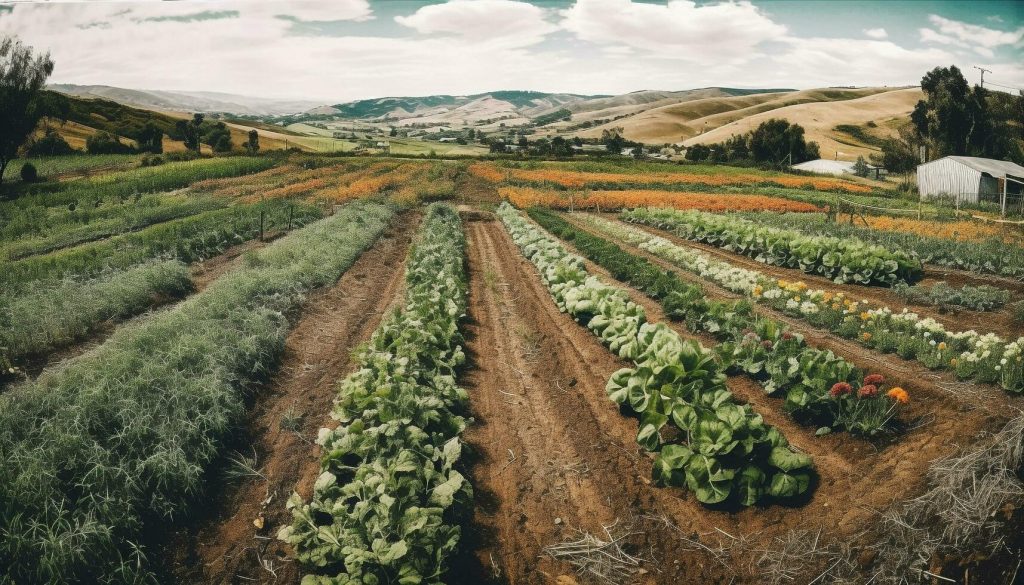
Silvopasture integrates trees, forage, and livestock together in a mutually beneficial system. Widely-spaced trees are managed to provide shade, timber, or fruit production while compatible understory forages are grazed or harvested. By combining trees, crops, and livestock, silvopasture provides income diversity.
The overstory tree canopy provides shelter for livestock during extreme heat and cold. Trees process and pump significant quantities of water, replenishing soil moisture without irrigation. Deep tree root systems access leached nutrients and bring them back into the plant-soil system. Leguminous trees like black locust can fix nitrogen from the air into the soil.
Forage plants benefit from the improved microclimate under tree shade and adjacent to tree lines. The combination of timber, forage, and livestock products generates higher total yields per acre. Research in Georgia recorded a 225% increase in economic value per acre compared to open pasture.
Silvopasture systems are highly flexible and can utilize alley cropping, fodder trees, or rotational grazing. Such integrated approaches represent a prime example of stacking functions to maximize productivity. Adopters are reporting up to 40% gains in stocking rates and gaining access to new income from tree products.
Agroforestry
Agroforestry encompasses farming practices that intentionally blend trees with crops or livestock. This merging of agriculture and forestry provides diverse income streams along with conservation benefits. Well-planned agroforestry systems promote biodiversity, enrich soils, enhance microclimates, and strengthen drought resilience.
A common temperate agroforestry design is a riparian buffer along waterways, with trees, shrubs and grasses forming multiple vegetation zones. The woody plants filter nutrients and sediments while stabilizing streambanks with their deep roots. Another promising agroforestry method is windbreaks composed of trees and shrubs that reduce wind erosion, provide wildlife habitat, and sequester carbon.
Alley cropping involves cultivating rows of crops between lines of trees oriented north to south to avoid shading. As they develop, the trees provide fruits, nuts, timber, or other byproducts. The trees also reduce water loss from fields and erosion from wind and rain. Research shows properly managed alley cropping systems can be as profitable as conventional monocultures.
In tropical regions, agroforestry approaches like forest farming grow shade-tolerant crops under the canopy of older trees. Studies by the Center for International Forestry Research conclude that agroforestry boosts food security for subsistence farmers and communities. Integrating trees on farms maintains the many benefits of forests while diversifying and increasing revenue potential.
Bottomline
Regenerative agriculture goes beyond sustainability to actively restore ecosystems and improve human communities. By adopting practices like no-till, cover crops, managed grazing, silvopasture, and agroforestry, farmers can lead the transition to a more circular food system.
Scaling up regenerative techniques globally will require increased public and private investment in research, incentives, and farmer education. To feed rising populations under climate change, we must cradle nature’s cycles and mimic ecological patterns on the landscape. Honoring the synergies between plants, animals, and soil life illuminates the path toward lasting food security and vibrant rural livelihoods.
Regenerating the full productive potential of our world’s working lands will take dedication from all of us. The promising vision of a healthy, just, and plentiful food system now depends on building resilient farms, ranches, and communities rooted in healthy living soil.



